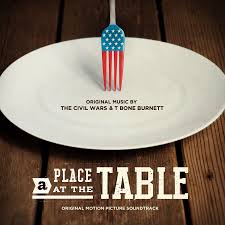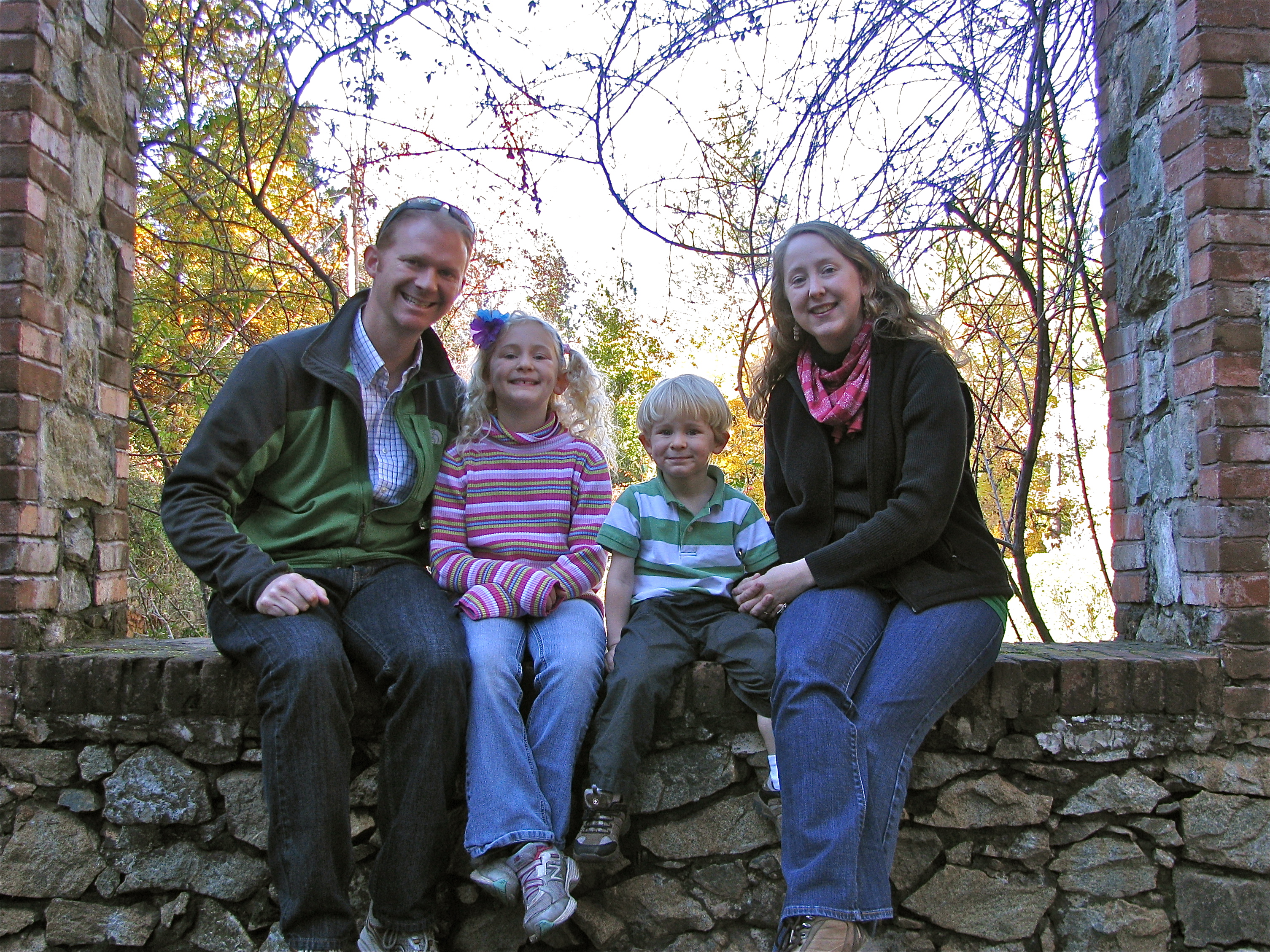Earlier this week Ivan, Camilla, and I went to a food distribution site in the Oak Park neighborhood of Sacramento. The agency that runs it, Sacramento Food Bank and Family Services, accepts customers from anywhere in the region. They limit the number of times you can get food at one of their sites to once per month, but they do provide information about other food resources. We checked to make sure Carmichael Presbyterian’s food closet (our church) is listed on there, and it is–though it serves only certain ZIP codes.
We stopped short of loading up a box of food for ourselves. The zucchini, in particular, was tempting. Our fridge and pantry are still full, surprisingly. We have leftovers of brown rice, a pasta dish, and a weird but tasty chili-borscht thing. Also some of Ivan’s excellent homemade sourdough loaf. In short, we have plenty of carbs left.
Good thing none of us has diabetes.

Homemade pizza topped with chicken and pineapple
Or celiac disease.

Because we can’t afford this bread!
I didn’t realize anyone around here was already growing zucchini, but apparently some farms are. Sac Food Bank buys produce directly from eight local farms. “Then,” said Kelly Siefkin, communications director at SFBFS, “when they have surplus produce, they call us. We can send a truck around and offload that food for them in just a couple of hours!”
Sounds like a good deal to me.
Alongside the USDA commodities (available to elderly persons, mothers up to one year postpartum, and families with children under six years old) other volunteer-staffed tables offer pre-bagged vegetables and fruits. Each table has an info sheet showing the item’s nutritional features, how to store it, and some ideas for how to prepare it. Volunteers are encouraged to make small talk with customers and give their personal suggestions or recipes.
While you wait in folding chairs under the pop-up tents for your number to be called, you can visit display tables and get information about other programs Sacramento Food Bank and Family Services offers. These include parenting classes, gardening classes, a clothes closet, and general adult education classes, among other things.

Demonstration garden at Sacramento Food Bank and Family Services
When I asked Kelly how the closure of Sacramento’s Campbell’s Soup plant would impact SFBFS, she noted that the loss of a pallet of Campbell’s product 2-4 times per year wouldn’t dent their stores too deeply. Certainly, she said, the agency would be open to serve all families affected by the closure, whether they need emergency food or want to take advantage of a class. Average hourly pay at the Campbell’s plant is $20/hour…and my guess is that after getting laid off it will be hard for the factory workers to find similar jobs at wages like that. So a good prayer, for those who are inclined to pray, might be that the laid-off workers learn many new marketable skills and find good-paying work again soon.
Another service at SFBFS food sites is free consultation with nurses. Sacramento State nursing students attend each of the three weekly distributions to answer health questions and give referrals to nearby clinics. Jeff, a third-semester student who stopped to talk with us, said that people often show him a list of medications they’re taking. They might need to know whether, out of a list of several meds, there is one that is more important to keep taking than the others?

One large onion, a quarter head of purple cabbage, and three tomatoes that were about to go off, added to a can of chili our friend Crystal gave us, makes about eight servings.
A lot of things we’ve read or suspected were true about hunger and food insecurity in the USA have become more clear to us during our Lenten food stamp challenge.
One is that cooking from scratch is key to eating a healthy but inexpensive diet. The only convenience foods we bought during our challenge were frozen vegetables. Oh, and a jar of pasta sauce. And a few cans of beans (we cooked the dry kind too). No pre-made meatballs, no bag of frozen potstickers for those nights when you’re just tired. No pie, no ice cream, no soda, not even juice for the kids. And we still ended up with mostly carbs in the fridge and pantry.
Another is that there are many reasons and combinations of reasons that someone might be food insecure, and among them I would include lack of knowledge about nutrition and how to cook, but also:
- working a job that does not pay a living wage
- illness and medical bills
- caring for a disabled family member
- divorce and loss of partner’s income
The list goes on and on. So if you hear the commandment of Jesus to love one another, as we heard this Maundy Thursday, and you feel called to obey the commandment by helping solve the puzzle of hunger, consider donating if you haven’t before (maybe money rather than food?). Or volunteer your time, either in food distribution or education.
Spending time in community shows that you care, but it doesn’t have to be all face time. Consider donating your computer skills or other specialized knowledge. Or look at the broader picture. Even though I’ve just listed some cool things Sacramento Food Bank and Family Services is doing, I have to reiterate this from an earlier post: agencies like SFBFS and churches currently fill only 4-5% of the total need for food in the USA. The federal government provides the rest through SNAP and other programs. You can write to your members of Congress; become an advocate for just one or the whole suite of issues that affect our country’s ability to prosper–education, health care, a living wage.
The risen Christ, who we celebrate on Easter, was made known to his disciples in the breaking of the bread (Luke 24: 13-35). We learned a lot by changing the way we break bread this Lent. We hope you did too.
Posted by Susan Herman in
Hunger & Food Ethics,
Lent,
Our family on SNAP,
Susan and tagged
advocacy,
California,
cheap eats,
cooking,
cooking from scratch,
food bank,
food closets,
Food stamp challenge,
Food stamps,
healthy eating,
hunger,
leftovers,
lent,
poverty,
Sacramento,
SNAP



















 Bread for the World
Bread for the World